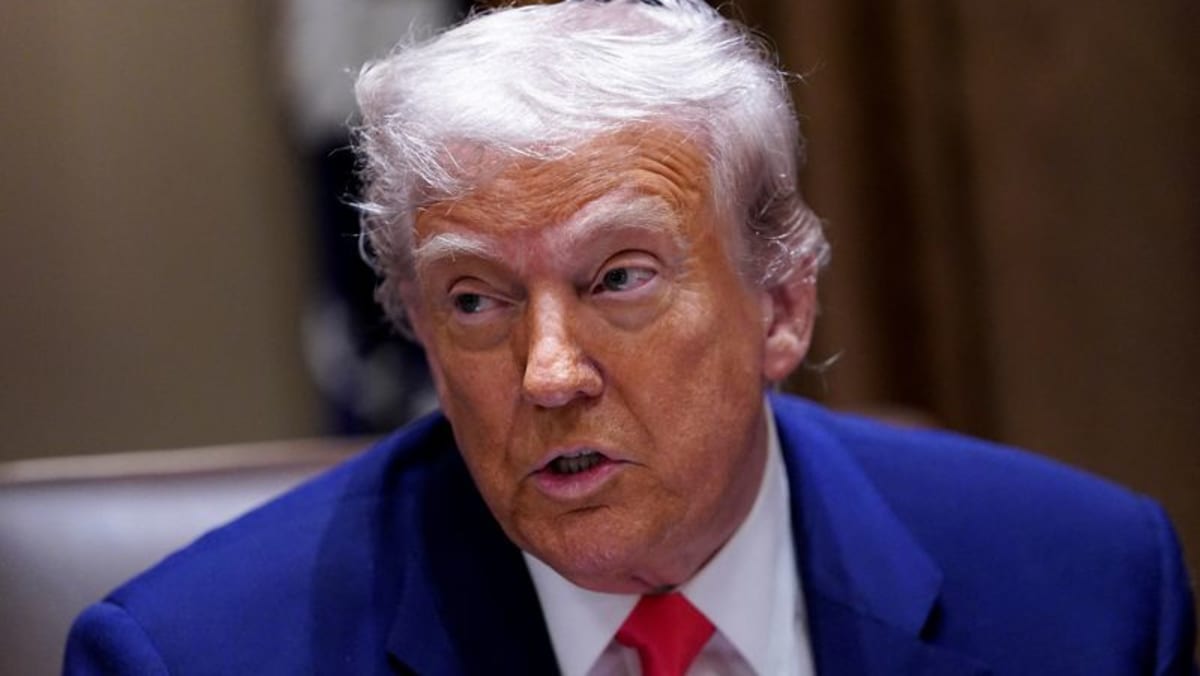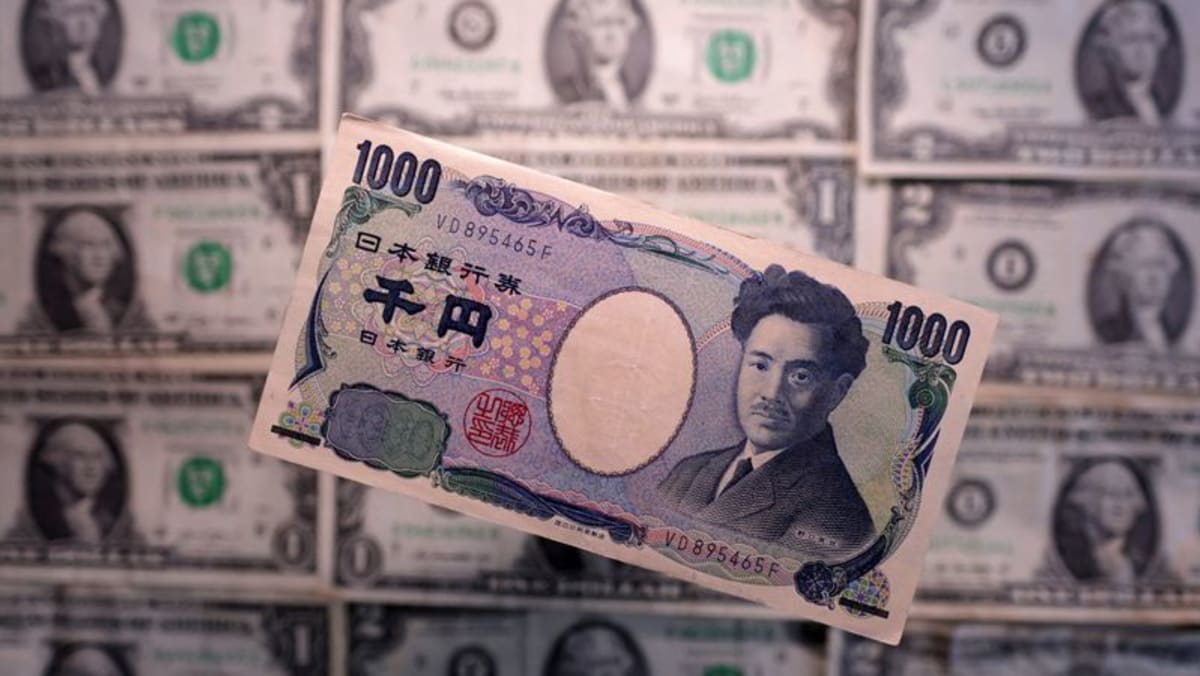Dollar buoyed by strong economy, geopolitical tensions; yen weakest since 1990

NEW YORK : The dollar briefly reached a five-month high against the euro on Tuesday and the yen fell to its lowest level since 1990 and came closer to the key 155 level, which traders are watching for possible intervention by Japanese authorities.
The greenback has been bolstered by stronger-than-expected growth data, including retail sales data for March released on Monday. Stickier-than-hoped inflation in particular is seen as making it less likely that the Federal Reserve will begin cutting interest rates in the coming months.
“The reality is that you have an expanding economy,” said Juan Perez, director of trading at Monex USA in Washington. “In Q4 the idea was that we were going to slow down here in the United States, but there is evidence of the contrary.”
At the same time, escalating geopolitical tensions between Israel and Iran are adding a safe-haven boost to the U.S. currency.
“We are very isolated from a lot of the problems in FX overseas, and now this weekend we’re finally seeing a major escalation…It makes the dollar a safe haven unlike anything else,” Perez said.
Israel’s war cabinet was set to meet for the third time in three days on Tuesday, an official said, to decide on a response to Iran’s first-ever direct attack, amid international pressure to avoid further escalating the conflicts in the Middle East.
Fed Chair Jerome Powell is due to speak later on Tuesday, which may give clues on whether hotter-than-expected consumer price pressures in March and escalating Middle East tensions are likely to sway monetary policy.
Traders are currently pricing in fewer than two 25 basis point cuts this year, after previously expecting three. The first cut is now seen as most likely in September, after previously being expected as soon as June.
Data on Tuesday showed that U.S. single-family homebuilding tumbled in March, and while new construction remains underpinned by a severe shortage of previously owned houses for sale, a resurgence in mortgage rates is pushing potential buyers to the sidelines.
The dollar index was last little changed on the day at 106.21, after earlier reaching 106.43, the highest since Nov. 2.
The euro rose 0.16 per cent to $1.0639 after earlier falling to $1.0603, the weakest since Nov. 2.
The dollar strengthened 0.23 per cent to 154.63 Japanese yen and earlier reached a 34-year high of 154.77.
Traders are focused on whether Japanese monetary authorities will step in to shore up the currency as it rapidly deteriorates. Officials have ramped up warnings about a possible intervention, though analysts also note that it would be difficult, and expensive, to fight a strong bullish dollar trend.
Japanese Finance Minister Shunichi Suzuki said on Tuesday he was closely watching currency moves and will take a “thorough response as needed.”
“Intervention can only work today to slow or manage the pace of depreciation, but cannot turn a trend. And it’s actually very costly,” said Kenneth Broux, head of corporate research, FX and rates at Societe Generale.
“The big challenge for a number of these Asian currencies, is that as long as U.S. bond yields keep grinding higher, you’re not going to get a lot of success because you’re fighting a wider yield spread.”
The Australian dollar fell as low as $0.63975, its weakest since Nov. 14
In cryptocurrencies, bitcoin fell 0.58 per cent to $62,773.00.
(Reporting By Karen Brettell; Additional reporting by Brigid Riley in Tokyo and Anna Pruchnicka in London; Editing by Andrea Ricci)
Source: CNA















